Using Bed Bug Encasement on Sofa: A Comprehensive Guide
If you're dealing with a bed bug infestation, it's important to not only treat your bed but also any other furniture that could be affected, including your sofa. Bed bugs are notorious for hitching a ride on clothing and furniture, so it's crucial to take preventative measures to protect your sofa. One of the most effective solutions is using bed bug encasement. In this comprehensive guide, we'll cover everything you need to know about using bed bug encasement on your sofa.
How to Effectively Use Bed Bug Encasement on Your Sofa
The first step in using bed bug encasement on your sofa is to thoroughly clean and vacuum it. Make sure to pay extra attention to the seams, crevices, and any other areas where bed bugs could hide. Once your sofa is clean, you can start applying the encasement.
Pro Tip: For added protection, consider using a bed bug spray or powder before applying the encasement.
Protecting Your Sofa from Bed Bugs with Encasement
Bed bug encasements are specially designed covers that completely enclose your sofa, creating a barrier between the bugs and your furniture. These covers are made of a durable material that is impenetrable by bed bugs, preventing them from infesting your sofa. Additionally, encasements are hypoallergenic, making them safe for you and your family.
Why Bed Bug Encasement is Essential for Your Sofa
Using bed bug encasement on your sofa is an essential step in preventing and controlling bed bug infestations. It not only keeps the bugs from getting into your sofa but also traps any existing bugs inside, preventing them from spreading to other areas of your home. Encasements also make it easier to detect and treat any infestations, as the bugs will be confined within the cover.
Step-by-Step Instructions for Applying Bed Bug Encasement on Your Sofa
1. Start by removing any cushions or pillows from your sofa.
2. Place the encasement over the sofa, making sure it fits snugly.
3. Zip up the encasement completely, making sure there are no gaps or openings.
4. If your sofa has removable cushions, encase them individually before placing them back on the sofa.
5. Once the encasement is in place, use a piece of tape to seal the zipper, ensuring that no bed bugs can escape.
Choosing the Right Bed Bug Encasement for Your Sofa
When it comes to choosing the right bed bug encasement for your sofa, there are a few things to keep in mind. Look for encasements that are specifically designed for sofas and are made of a high-quality, durable material. It's also important to choose a cover that is the correct size for your sofa to ensure a snug fit.
Common Mistakes to Avoid When Using Bed Bug Encasement on Your Sofa
While using bed bug encasement on your sofa is an effective solution, there are some common mistakes that people make that can render the encasement less effective. These include:
• Not properly sealing the zipper: Make sure to completely seal the zipper with tape to prevent any bed bugs from escaping.
• Choosing the wrong size encasement: Be sure to measure your sofa and choose an encasement that fits correctly.
• Not using encasement on all furniture: To fully protect your home, it's important to use encasement on all furniture that could be affected by bed bugs.
How to Tell if Your Sofa is Infested with Bed Bugs and How Encasement Can Help
If you suspect that your sofa may be infested with bed bugs, look for these signs:
• Small red or brown spots on your sofa: These could be bed bug droppings.
• Bloodstains on your sofa: These can result from bed bugs biting you while you're sitting on the sofa.
• A musty odor: Bed bugs release a musty odor, so if your sofa smells strange, it could be a sign of an infestation.
If you notice any of these signs, it's important to act fast to prevent the infestation from spreading. Using bed bug encasement on your sofa can help contain and eliminate the bugs, making it easier to control the problem.
Tips for Maintaining and Cleaning Your Sofa with Bed Bug Encasement
To ensure the effectiveness of your bed bug encasement, it's important to properly maintain and clean your sofa. Regularly vacuum and steam clean your sofa to keep it free of any bugs or their eggs. If you need to remove the encasement for cleaning, make sure to thoroughly reapply it afterwards.
Frequently Asked Questions About Using Bed Bug Encasement on Sofas
Q: Can I use bed bug encasement on a leather sofa?
A: Yes, you can use bed bug encasement on any type of sofa, including leather. Just be sure to choose an encasement that is specifically designed for sofas.
Q: Will bed bug encasement get rid of an existing infestation?
A: While bed bug encasement can help contain and eliminate an infestation, it's important to also use other treatments, such as sprays and powders, to fully get rid of the bugs.
Q: How often should I replace my bed bug encasement?
A: It's recommended to replace your bed bug encasement every 12-18 months to ensure its effectiveness.
Why Using Bed Bug Encasement on Sofas is Essential for a Well-Designed House

The Importance of Protecting Your Sofa from Bed Bugs
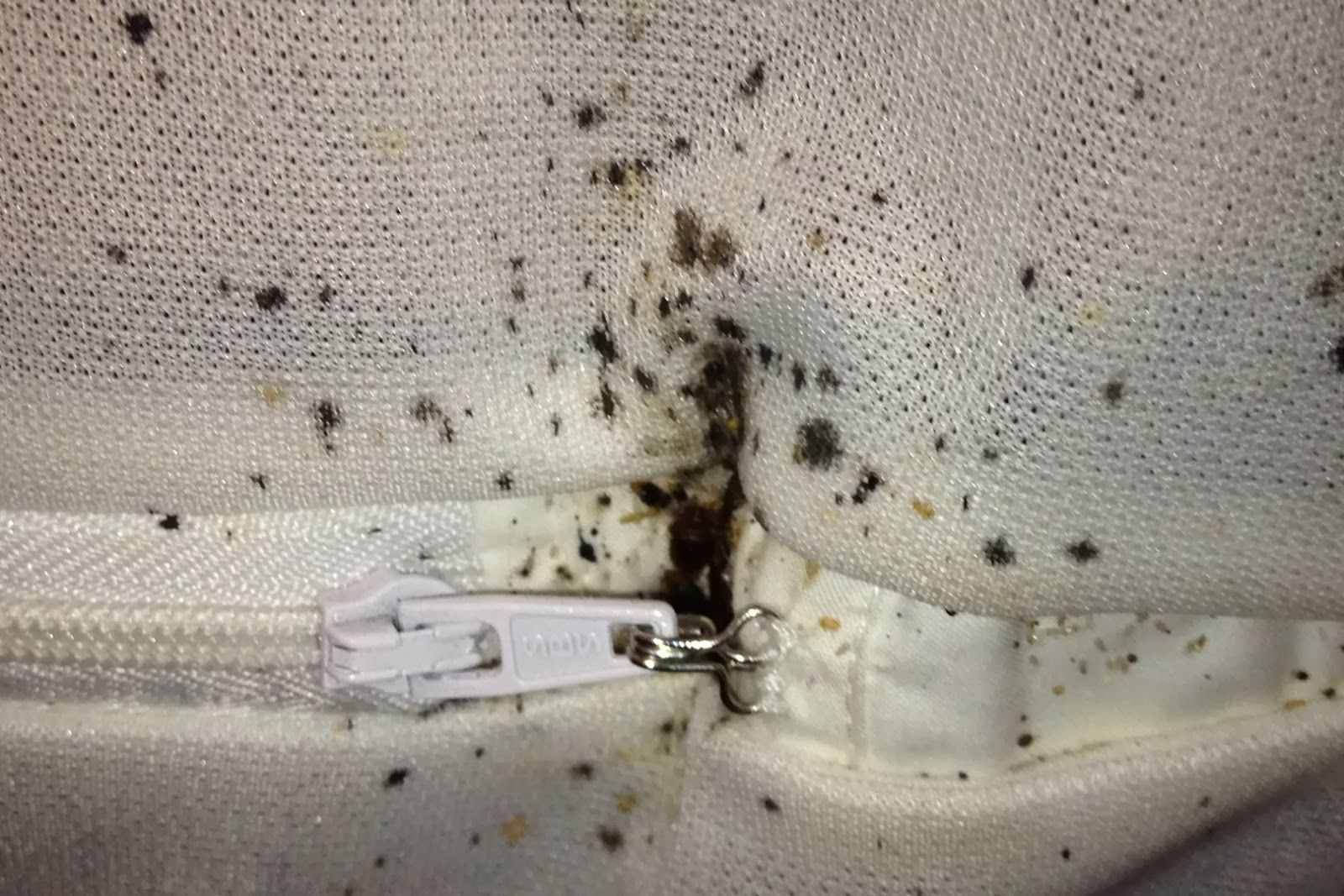 When it comes to designing a house, sofas are often one of the main focal points in a living room or family room. They not only provide a comfortable seating option, but they also add style and personality to a space. However, one thing that can quickly ruin the comfort and aesthetic of a sofa is a bed bug infestation. These pesky insects can easily make their way into your home through various means, such as clothing, luggage, and even second-hand furniture. Once they have made themselves at home in your sofa, they can be incredibly difficult to get rid of. This is where bed bug encasements come in.
Bed bug encasements are specially designed covers that completely encase your sofa and prevent bed bugs from entering or escaping.
They are made of a tightly woven fabric that is impenetrable to bed bugs, making it impossible for them to infest your sofa. By using a bed bug encasement on your sofa, you are not only protecting it from potential infestations, but you are also ensuring the health and safety of your family.
When it comes to designing a house, sofas are often one of the main focal points in a living room or family room. They not only provide a comfortable seating option, but they also add style and personality to a space. However, one thing that can quickly ruin the comfort and aesthetic of a sofa is a bed bug infestation. These pesky insects can easily make their way into your home through various means, such as clothing, luggage, and even second-hand furniture. Once they have made themselves at home in your sofa, they can be incredibly difficult to get rid of. This is where bed bug encasements come in.
Bed bug encasements are specially designed covers that completely encase your sofa and prevent bed bugs from entering or escaping.
They are made of a tightly woven fabric that is impenetrable to bed bugs, making it impossible for them to infest your sofa. By using a bed bug encasement on your sofa, you are not only protecting it from potential infestations, but you are also ensuring the health and safety of your family.
The Benefits of Using Bed Bug Encasements on Sofas
 Apart from protecting your sofa from bed bugs, there are several other benefits to using bed bug encasements in your home's design. One of the main advantages is that they are
easy to install and maintain.
Simply slip the encasement over your sofa and zip it closed, and you're done. They are also machine washable, making it easy to keep them clean and free from any potential bed bugs.
Another benefit is that
bed bug encasements can extend the lifespan of your sofa.
By protecting it from bed bugs, you are also preventing any potential damage they may cause. Bed bugs can leave behind stains and odors, and getting rid of them can often involve harsh chemicals that can damage your sofa's fabric. With an encasement, you can avoid all of this and keep your sofa in top condition for years to come.
Apart from protecting your sofa from bed bugs, there are several other benefits to using bed bug encasements in your home's design. One of the main advantages is that they are
easy to install and maintain.
Simply slip the encasement over your sofa and zip it closed, and you're done. They are also machine washable, making it easy to keep them clean and free from any potential bed bugs.
Another benefit is that
bed bug encasements can extend the lifespan of your sofa.
By protecting it from bed bugs, you are also preventing any potential damage they may cause. Bed bugs can leave behind stains and odors, and getting rid of them can often involve harsh chemicals that can damage your sofa's fabric. With an encasement, you can avoid all of this and keep your sofa in top condition for years to come.
Final Thoughts
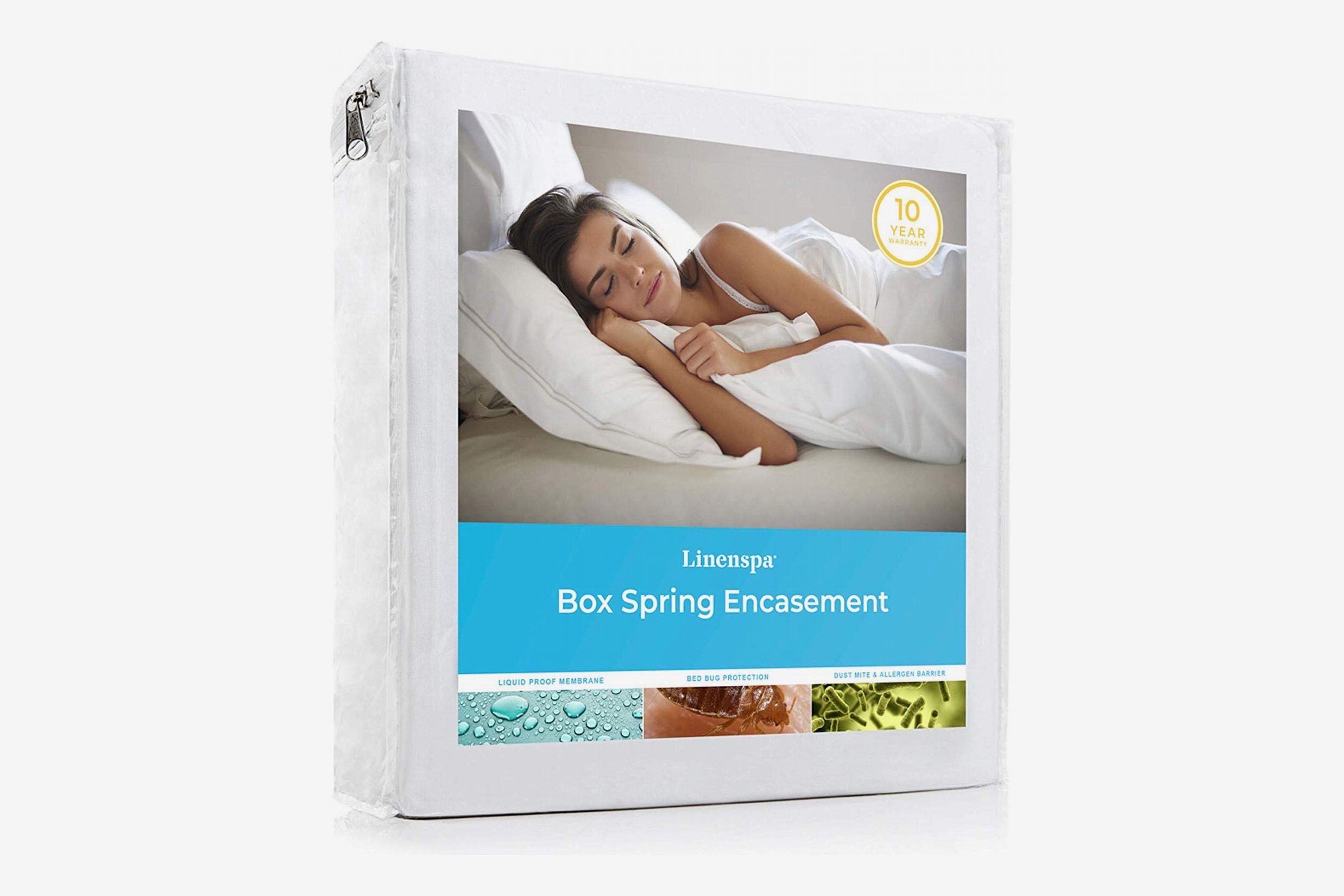 Using
bed bug encasements on your sofa is an essential step in designing a well-protected and comfortable house.
Not only do they prevent bed bug infestations, but they also offer other benefits such as easy maintenance and prolonging the lifespan of your sofa. So, the next time you're thinking about incorporating a sofa into your house design, be sure to also consider investing in a bed bug encasement for added protection and peace of mind.
Using
bed bug encasements on your sofa is an essential step in designing a well-protected and comfortable house.
Not only do they prevent bed bug infestations, but they also offer other benefits such as easy maintenance and prolonging the lifespan of your sofa. So, the next time you're thinking about incorporating a sofa into your house design, be sure to also consider investing in a bed bug encasement for added protection and peace of mind.


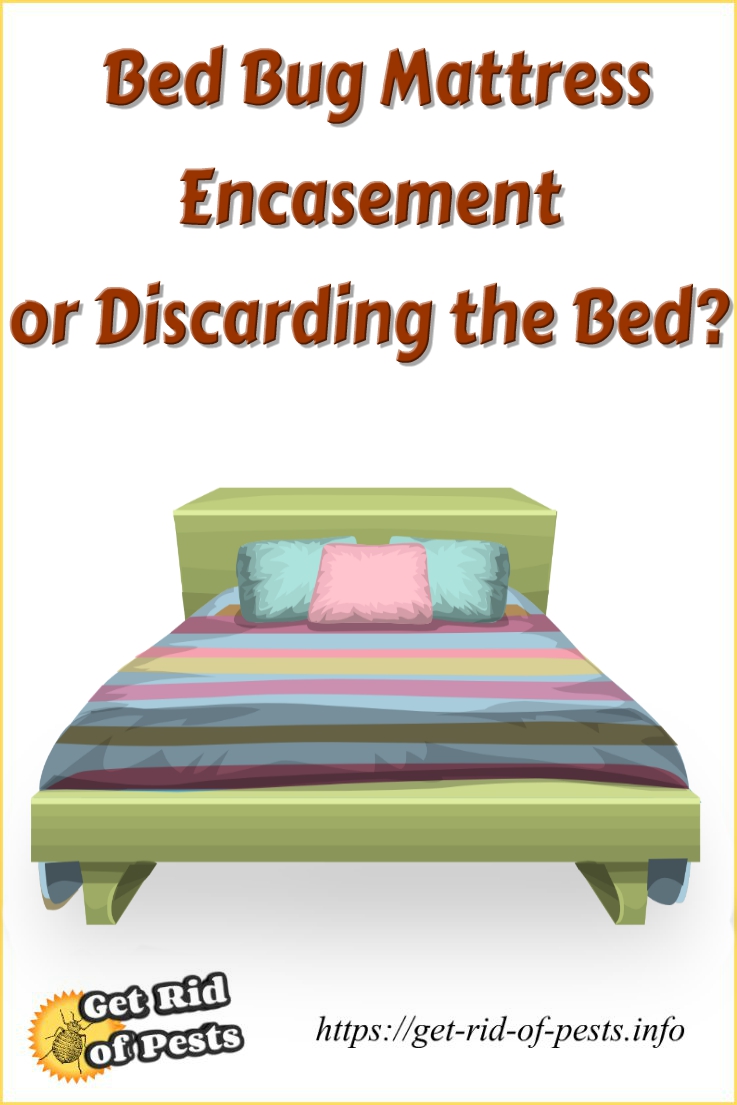




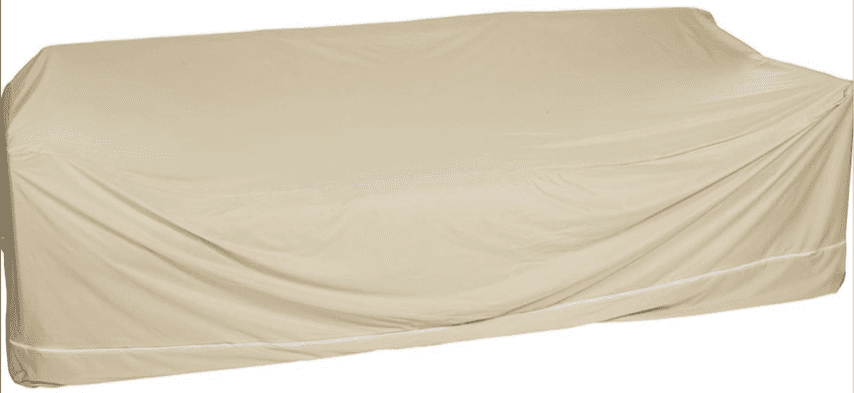





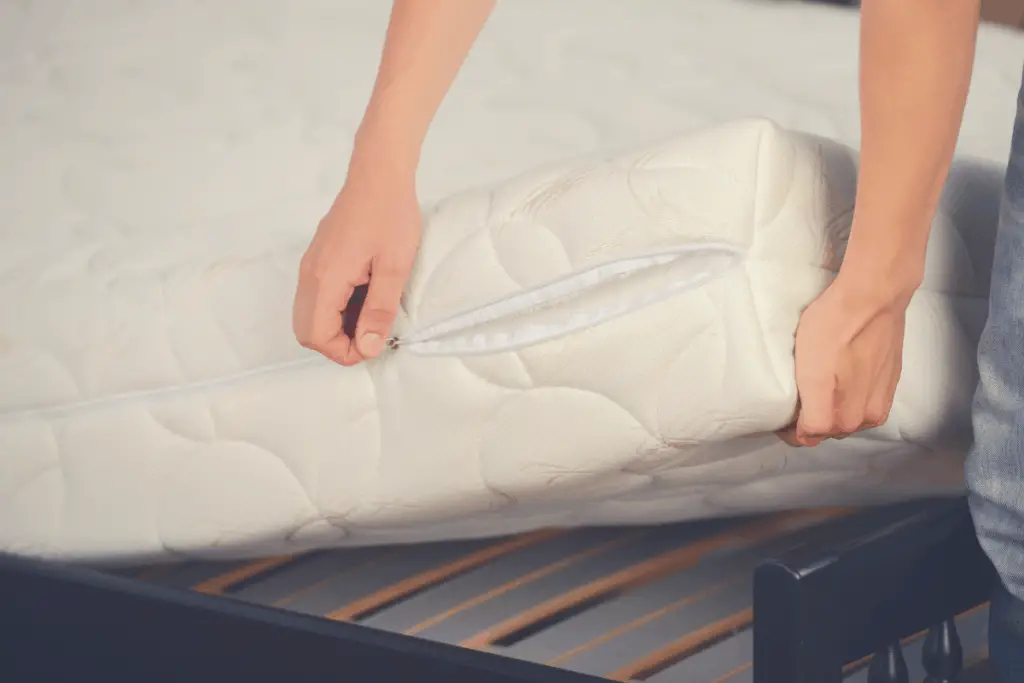

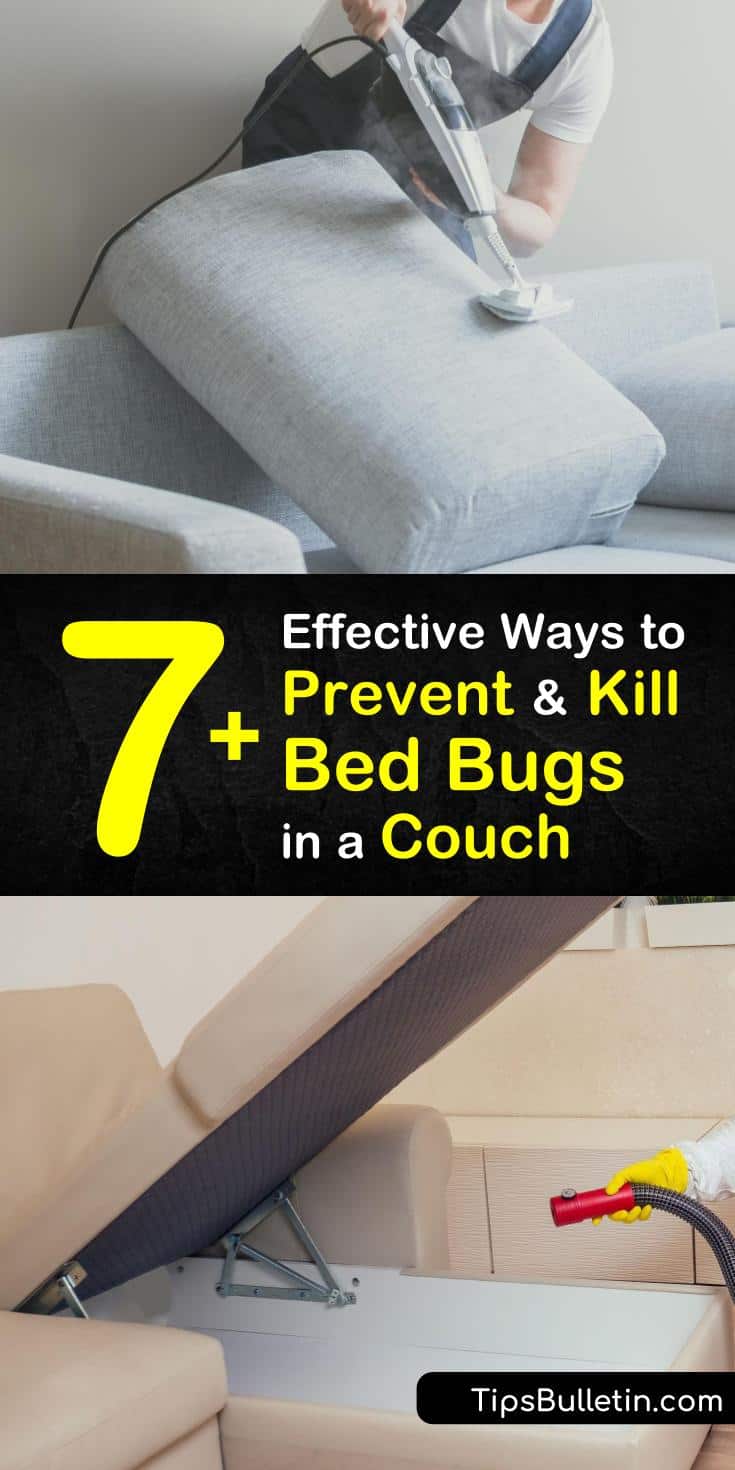


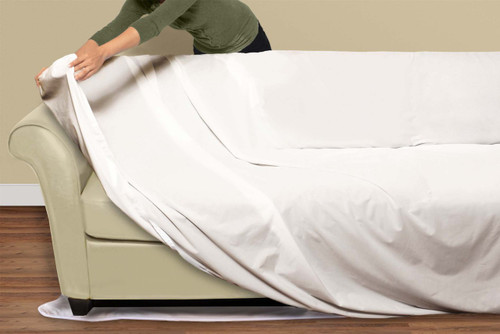
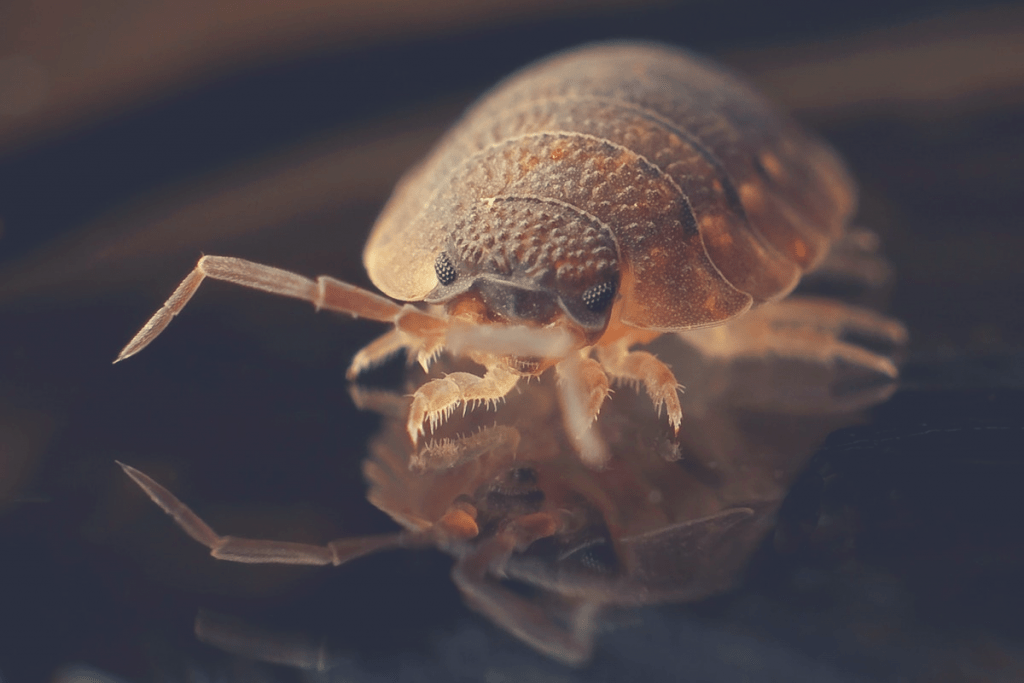
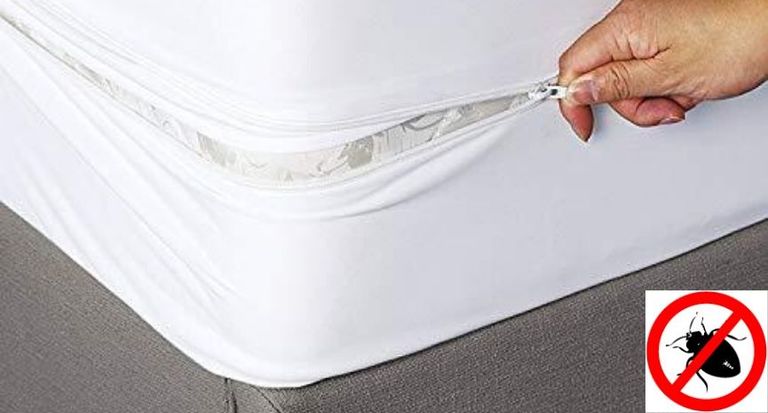


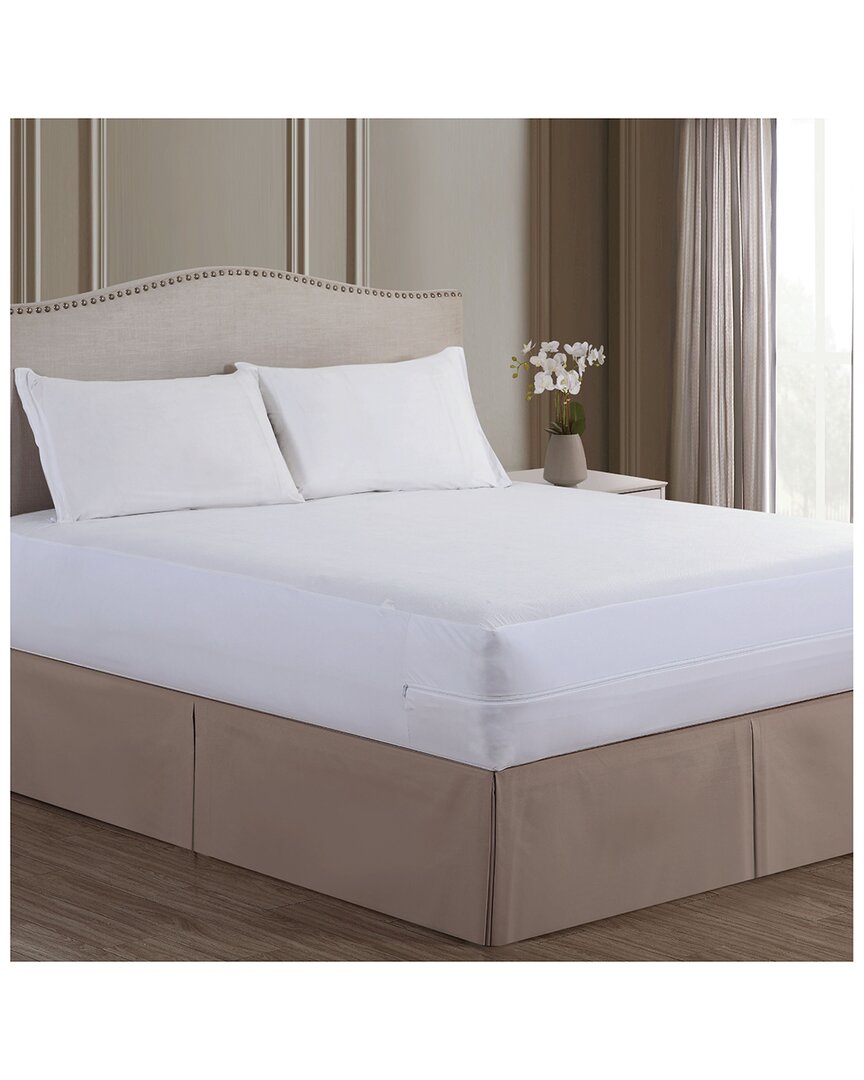






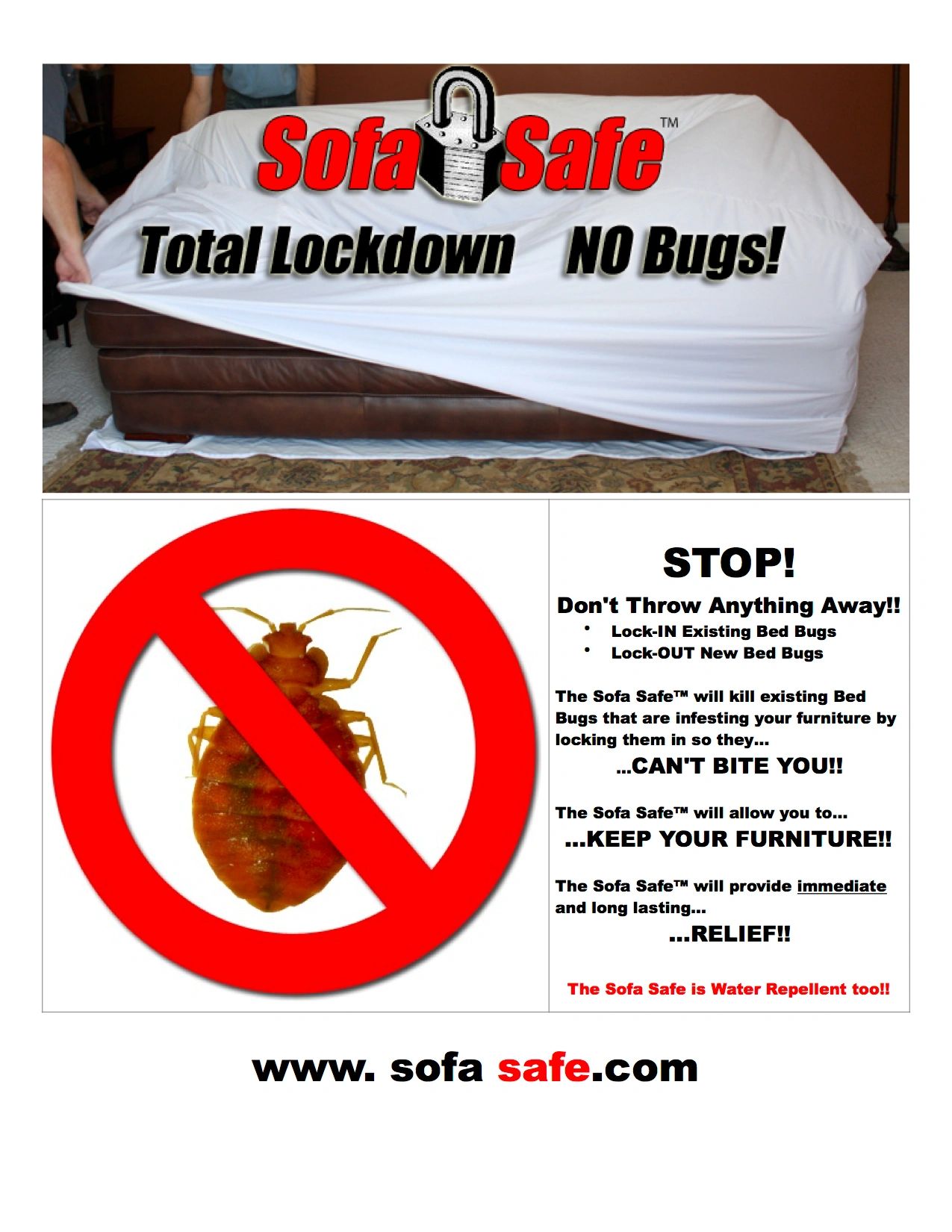

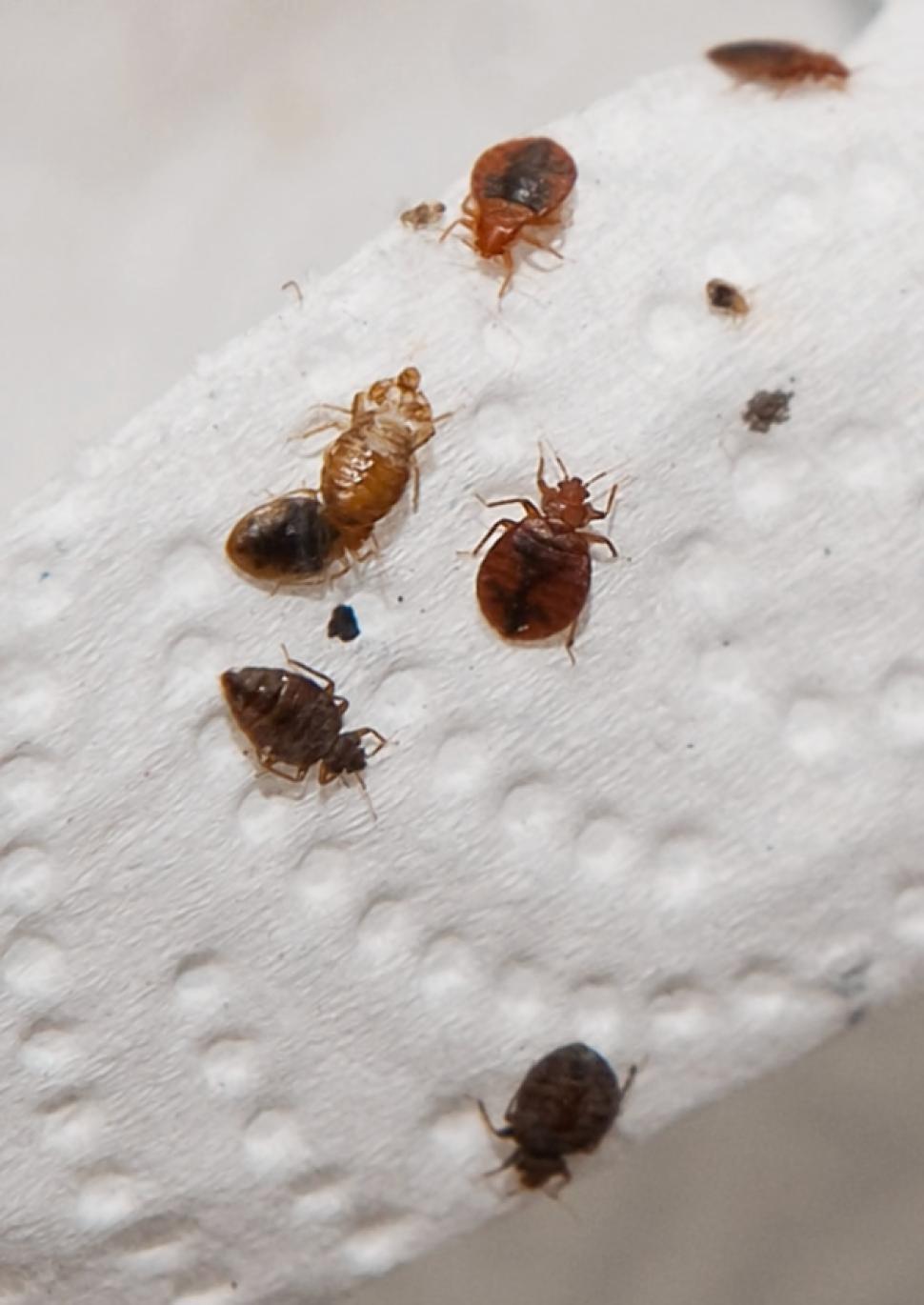

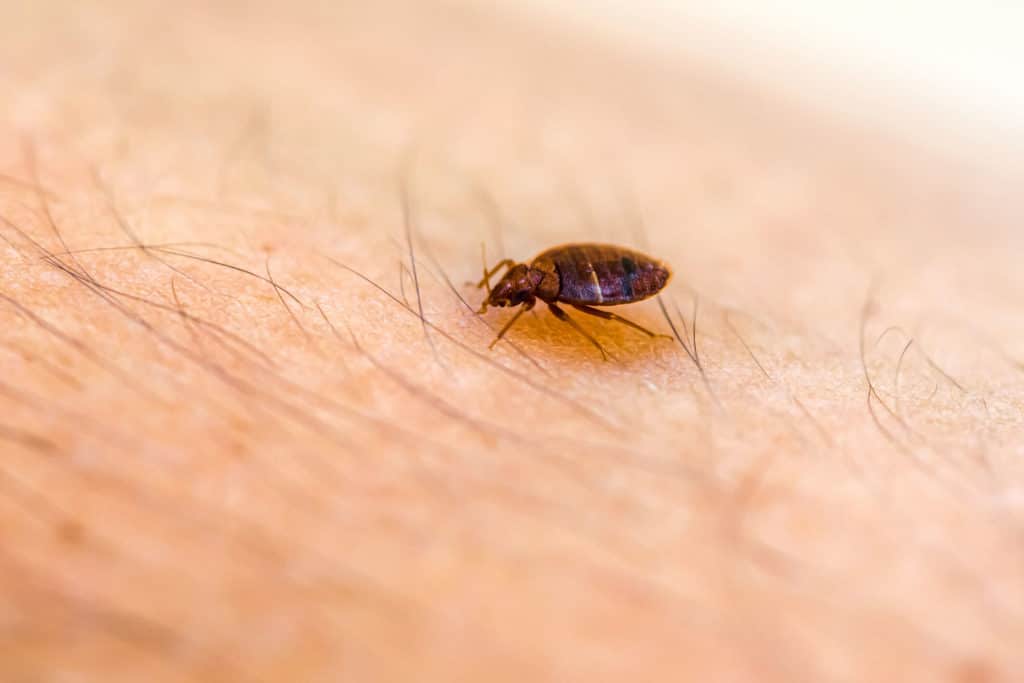





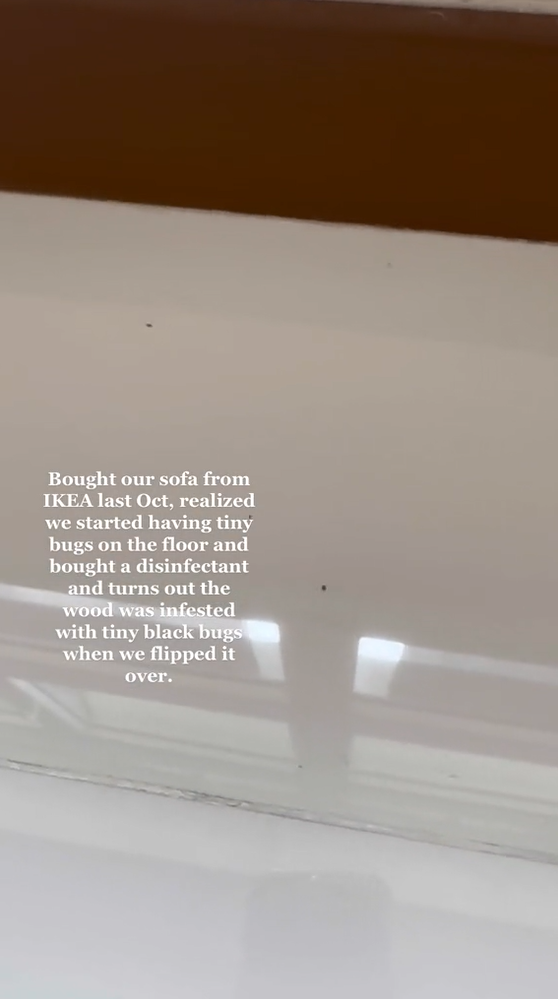




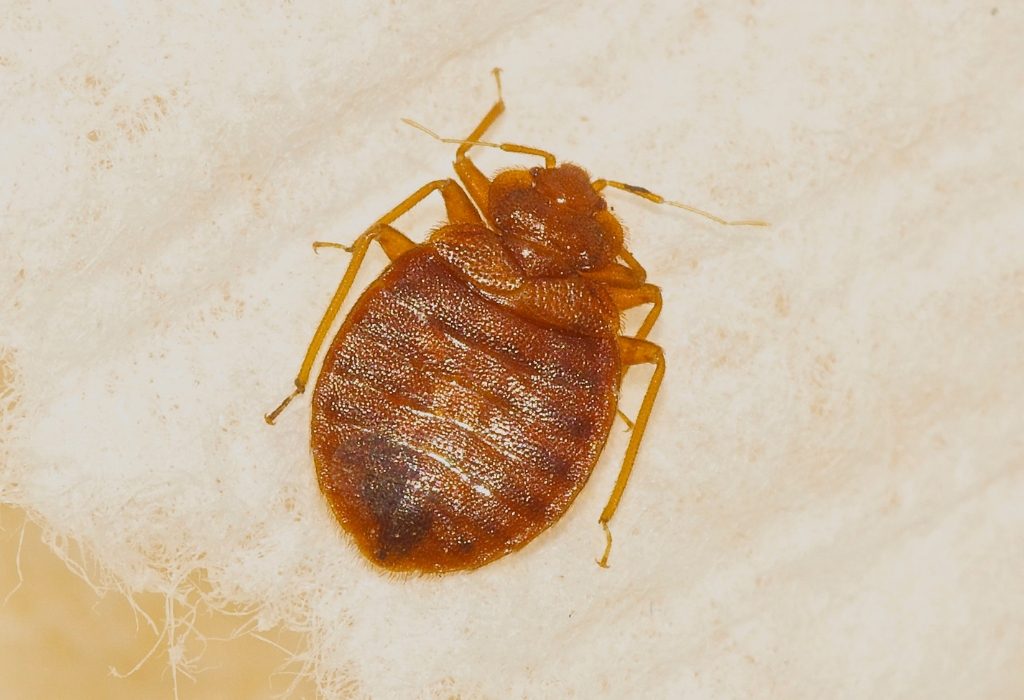


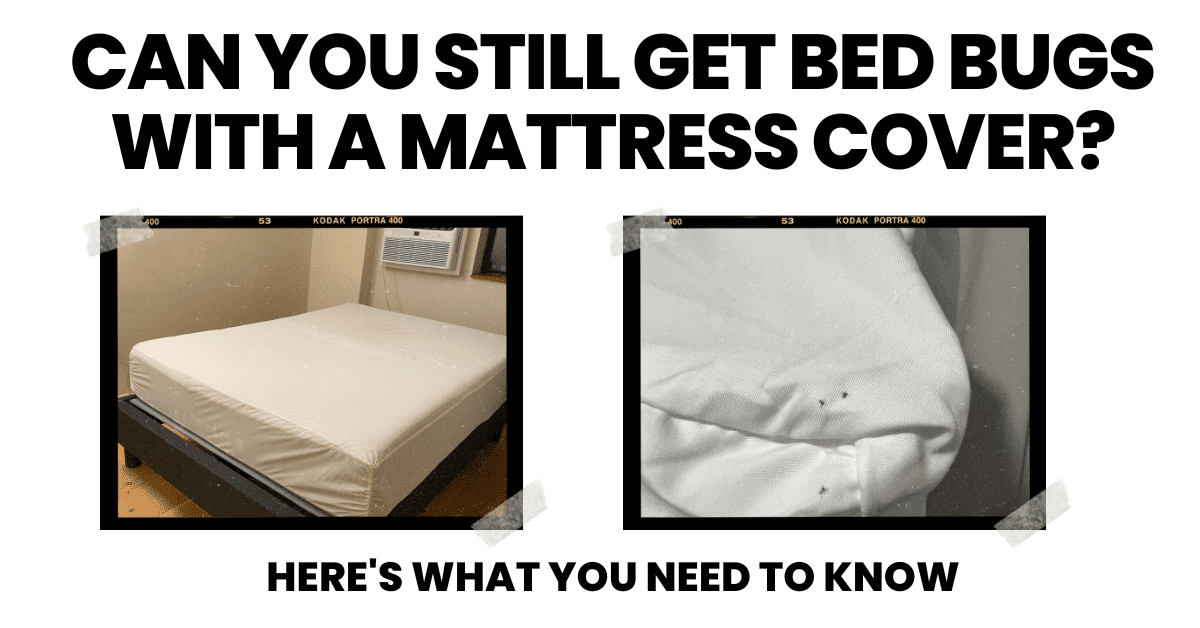





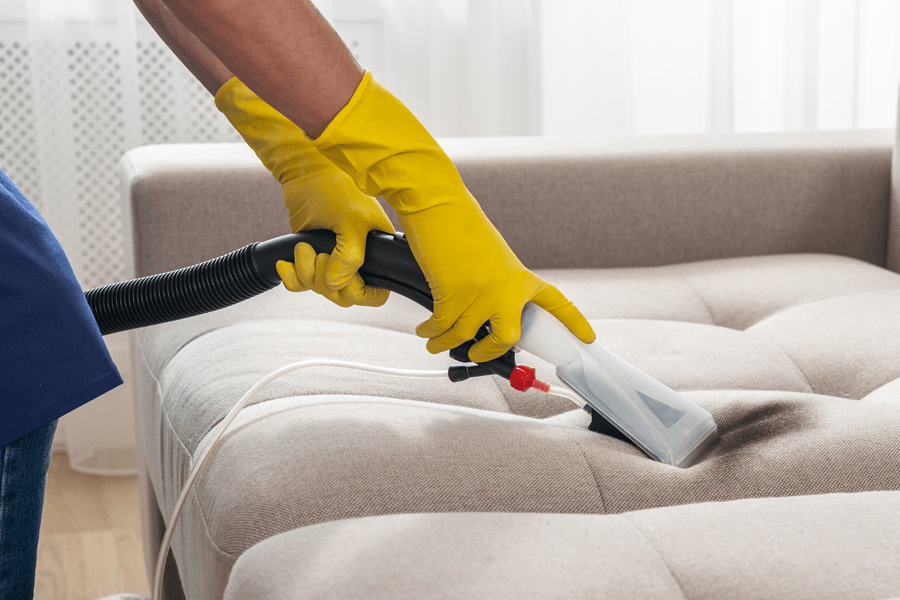

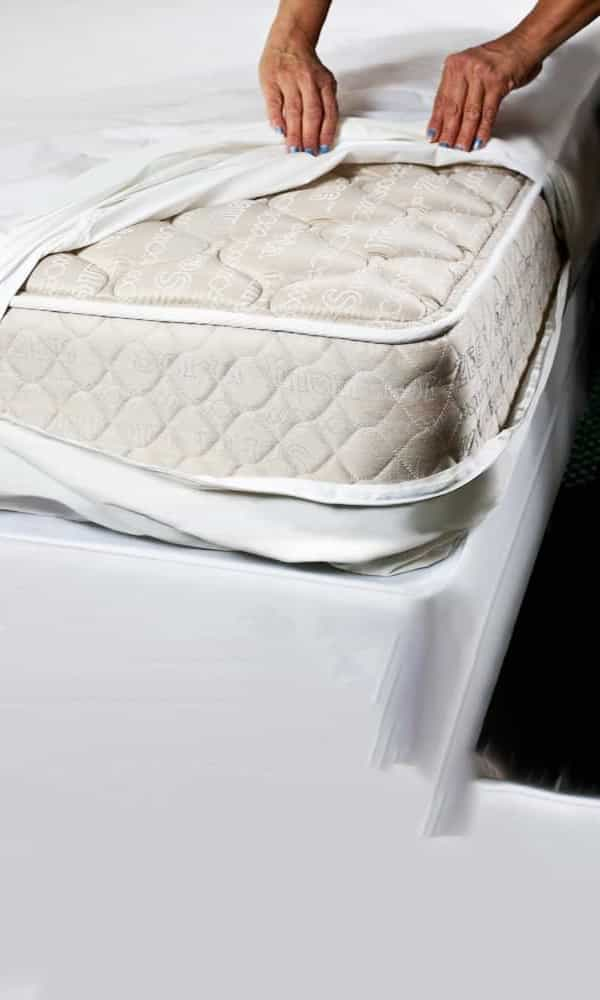
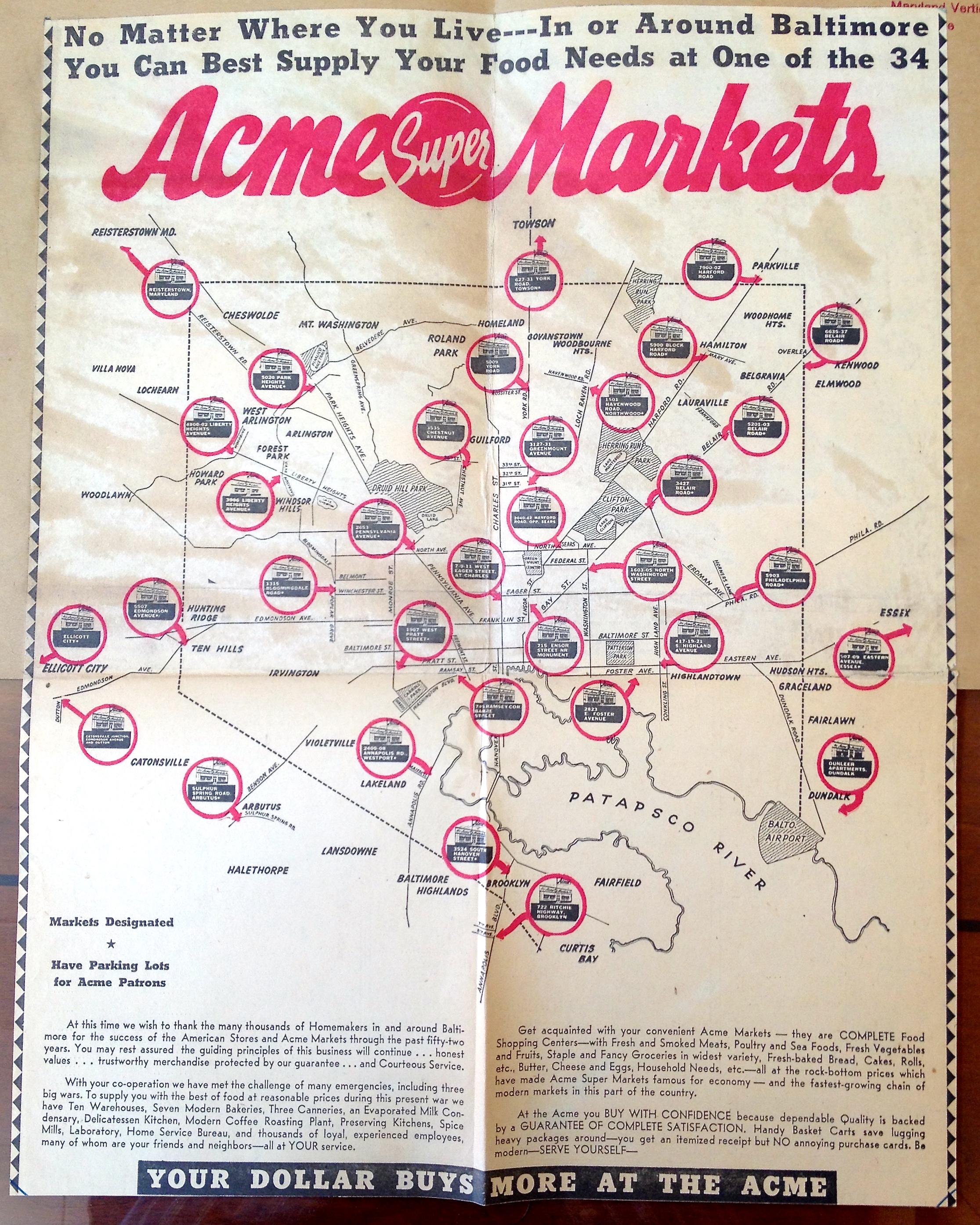
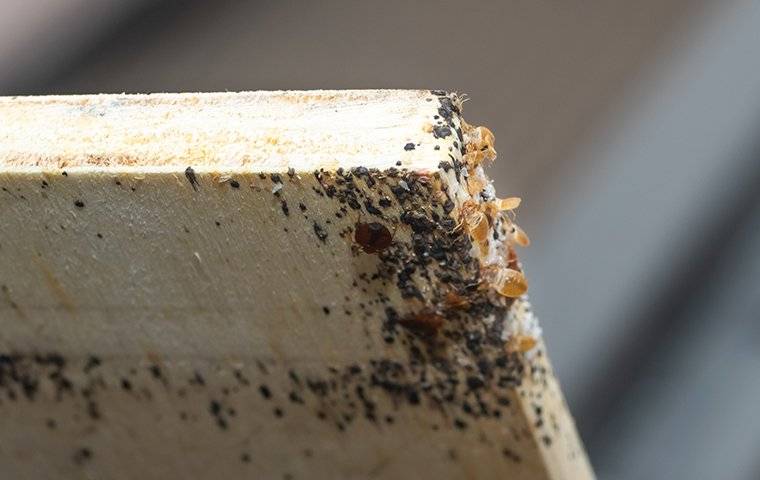


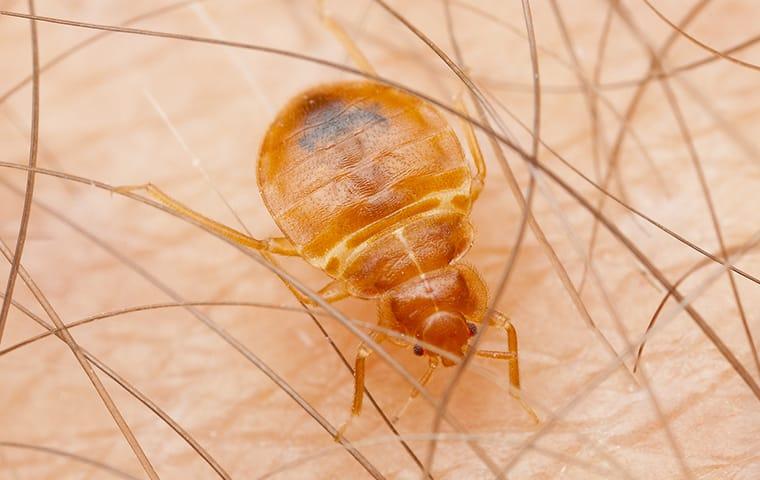

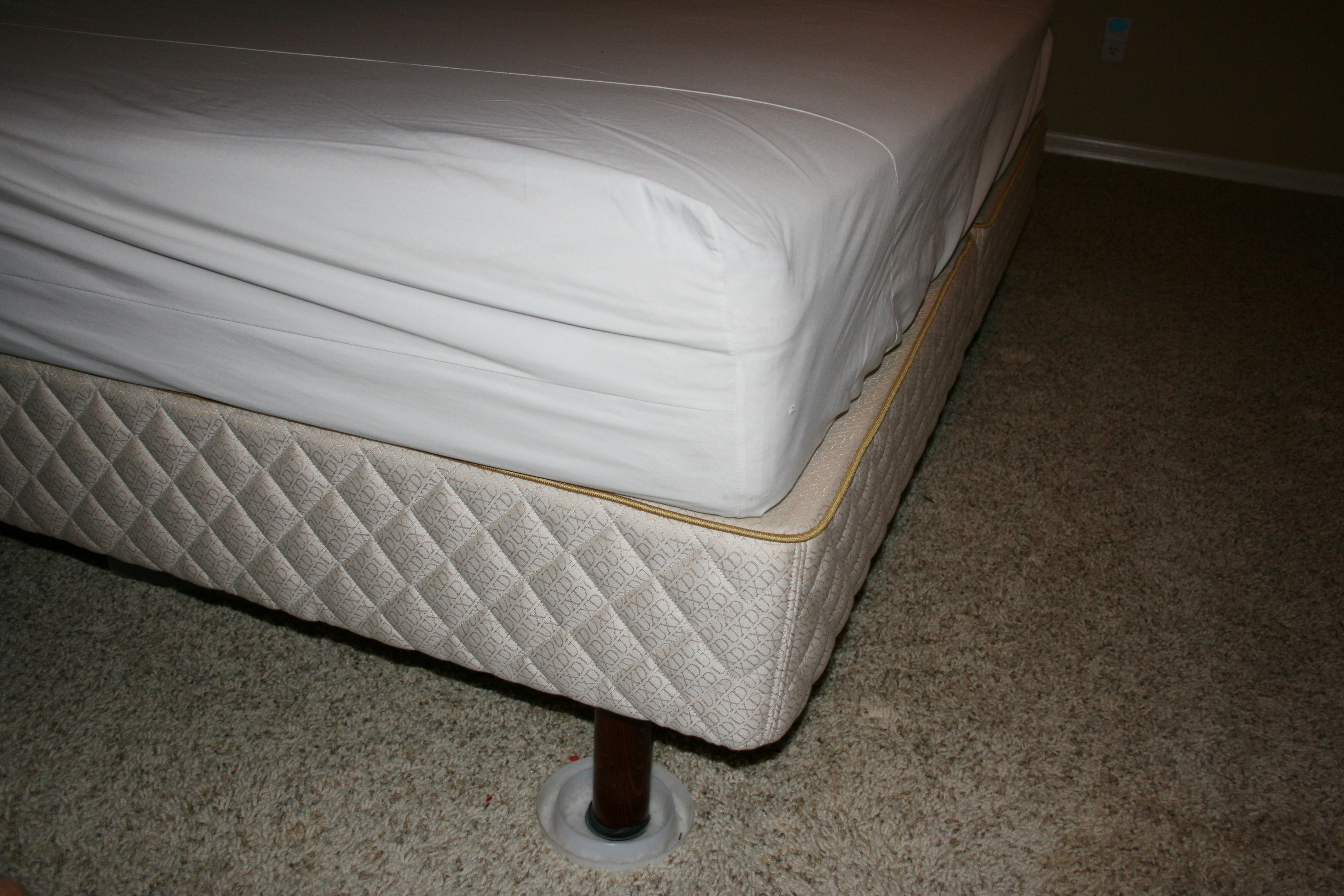

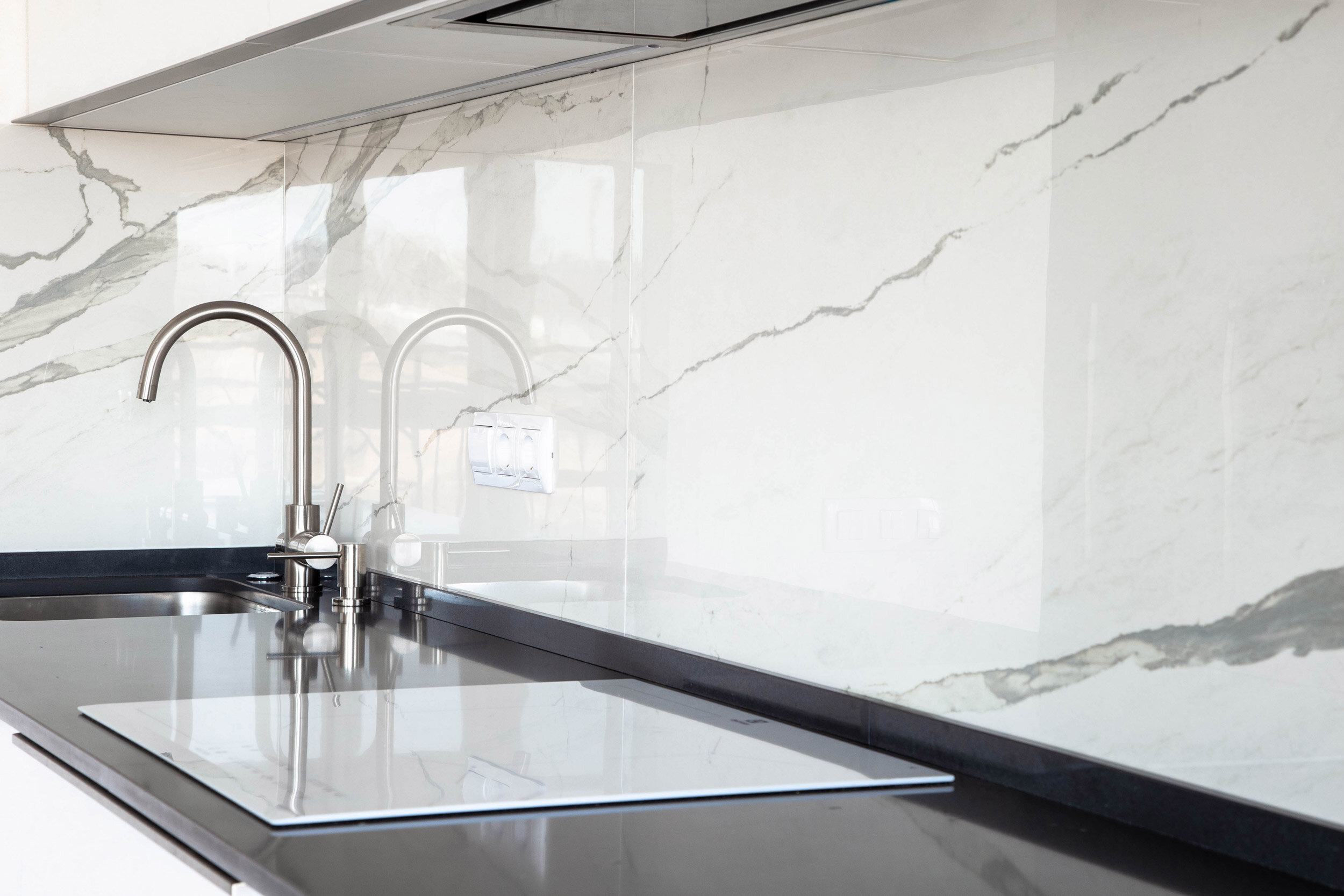
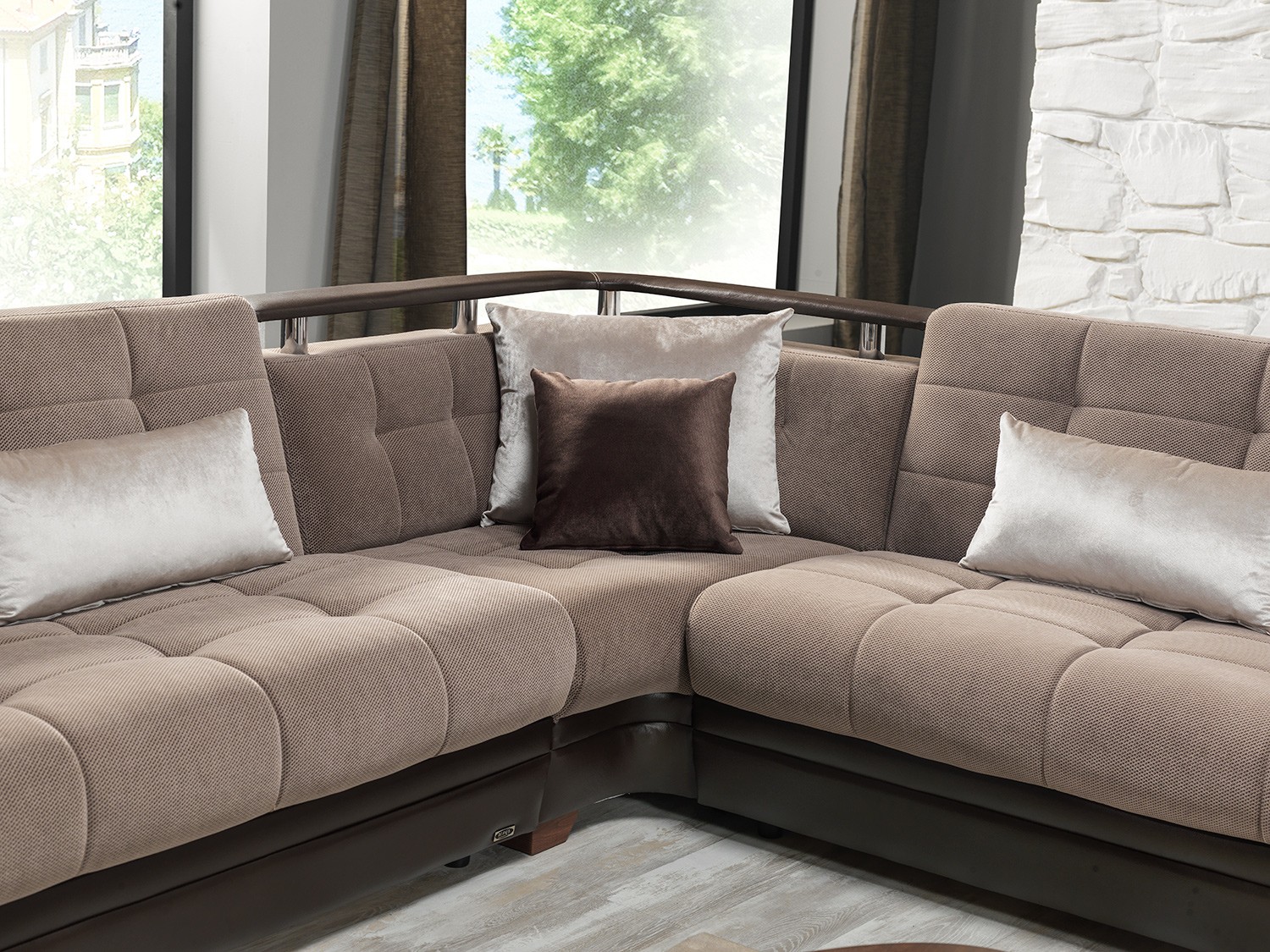
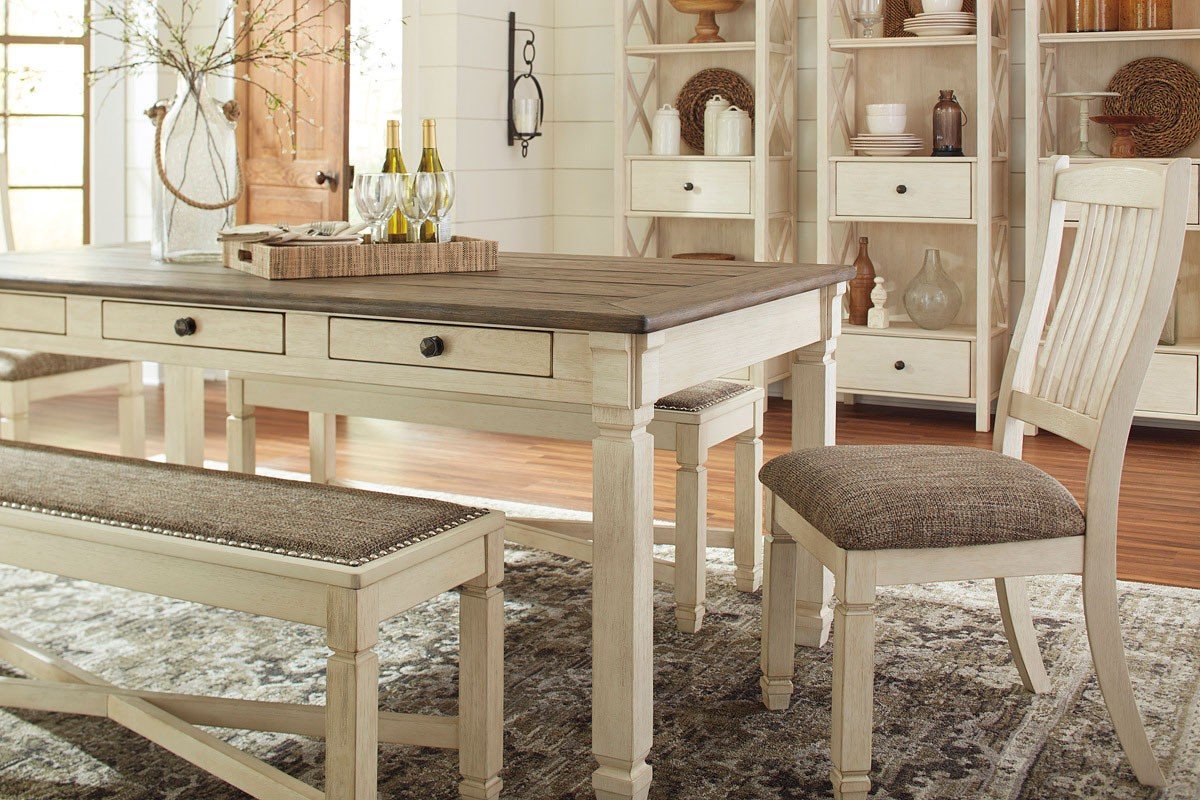

:max_bytes(150000):strip_icc()/Warm-and-cozy-living-room-Amy-Youngblood-589f82173df78c47587b80b6.png)
